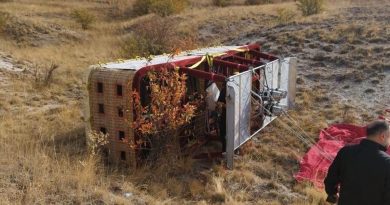Bubonic plague found in Colorado cat
A house cat near Elk Meadows Open Space in Evergreen tested positive for bubonic plague in late October, authorities said Monday.
Jefferson County Public Health detailed in a news release that the cat likely encountered a sick rodent. It is the first cat with a case of plague in Jefferson County this year.
“While plague is a serious disease, and cases of animal-borne disease in household pets is never something we like to see, it is normal and expected for some animals to contract plague in Jefferson County each year,” said Jim Rada, Director of Environmental Health Services at Jefferson County Public Health in the release. “The good news is that modern antibiotics are effective against plague, and as long as it is treated promptly, severe complications, illness or death can be avoided.”
Plague is an infectious disease caused by the bacteria Yersinia pestis. Humans and household animals can contract the sickness if proper precautions are not taken. Some of those steps include eliminating all sources of food, shelter and access for wild animals around the home and maintaining a trash-free yard. Officials also recommend avoiding contact with sick or dead animals, using precautions around sick pets and talking to a veterinarian about flea control regarding pets.
Humans and pets can be infected with plague from flea bites if they are infected. Animal coughs, bites and blood can also transmit the illness.
Human symptoms of the plague consist of sudden onset of high fever, chills, headache, nausea and extreme pain and swelling of lymph nodes, occurring two to seven days after exposure. Unlike in antiquity, when the sickness often caused death, plague can now be effectively treated with antibiotics when diagnosed early.
“The bottom line is people — and their pets — should avoid contact with any species of wild rodent, especially ones that are sick, dying or already dead,” Rada said. “We know that pets can be unpredictable, but there are things pet owners can do to keep their four-legged family members safe, especially when they live close to rodent populations such as prairie dog colonies.”
Source: Read Full Article




